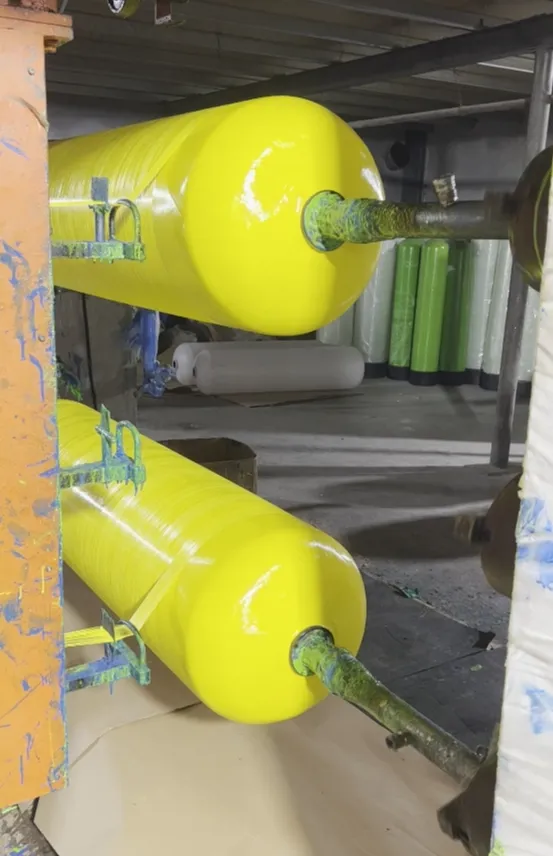loading...
- No. 9, Xingyuan South Street, Dongwaihuan Road, Zaoqiang County, Hengshui, Hebei, China
- admin@zjcomposites.com
- +86 15097380338
- Welcome to visit our website!
frp bridge deck
The Advantages and Applications of FRP Bridge Decks
In the ever-evolving field of civil engineering, the demand for innovative materials that can enhance the performance and longevity of infrastructure is paramount. Among such advancements, Fiber Reinforced Polymer (FRP) emerges as a beacon of possibility, particularly in the design and construction of bridge decks. This article explores the advantages, applications, and future potential of FRP bridge decks in modern engineering.
The Advantages and Applications of FRP Bridge Decks
One of the most compelling benefits of FRP bridge decks is their lightweight nature. Traditional concrete bridge decks can be quite heavy, necessitating robust supporting structures. Conversely, FRP’s reduced weight allows for easier handling and installation, often leading to lower construction costs and faster project completion times. In some cases, the lightweight characteristics of FRP enable the use of less extensive substructures, thereby minimizing the environmental footprint of bridge construction.
frp bridge deck

The flexibility of FRP materials also allows for innovative design possibilities. Engineers can create complex shapes and geometries that are often challenging to achieve with conventional materials. This adaptability can enhance both the aesthetic appeal and functional performance of bridge designs. Moreover, the integration of FRP materials can contribute to the overall sustainability of bridge construction, as they can be fabricated with recycled materials and are often entirely recyclable at the end of their service life.
Numerous successful applications of FRP bridge decks can be observed worldwide. For instance, the use of FRP decks has been documented in various pedestrian bridges and light vehicular applications. These decks provide a lightweight solution that is easy to maintain and integrates seamlessly with the surrounding environment. In urban settings, where aesthetics and functionality must coexist, FRP bridges often become iconic structures due to their modern appearance combined with excellent performance attributes.
Despite the advantages, challenges remain in the widespread adoption of FRP bridge decks. Initial material costs can be higher than traditional alternatives, which may deter some projects. However, when life-cycle costs and maintenance savings are factored in, FRP may present a more economical option in the long run. Moreover, further research and development are essential to establish standardized design guidelines and codes, ensuring safety and reliability across different applications.
In conclusion, the use of Fiber Reinforced Polymer in bridge deck construction heralds a transformative shift in civil engineering. With their lightweight, durable, and corrosion-resistant properties, FRP bridge decks offer significant advantages over traditional materials. As the industry moves towards more sustainable and innovative practices, FRP technology will likely play an increasingly vital role in the future of infrastructure development. By embracing these advanced materials, engineers can design bridges that are not only functional and safe but also environmentally responsible and architecturally inspiring. The journey towards smarter infrastructure is well underway, and FRP stands at the forefront of this exciting evolution.
-
GRP Structures: The Future of Lightweight, High-Performance EngineeringNewsJun.20,2025
-
FRP Water Tank: High-Performance Storage for Corrosive and Clean Water SystemsNewsJun.20,2025
-
FRP Square Tube: The New Industry Standard for Chemical and Structural ApplicationsNewsJun.20,2025
-
FRP Pultruded Profiles: The Ultimate Choice for Lightweight Structural StrengthNewsJun.20,2025
-
FRP Handrails: The Safer, Smarter, and Stronger Choice for Modern InfrastructureNewsJun.20,2025
-
FRP Grating: The Smart Solution for Durable, Lightweight Industrial FlooringNewsJun.20,2025
-
Why Choose a Galvanized Water Tank for Your Storage NeedsNewsMay.21,2025
